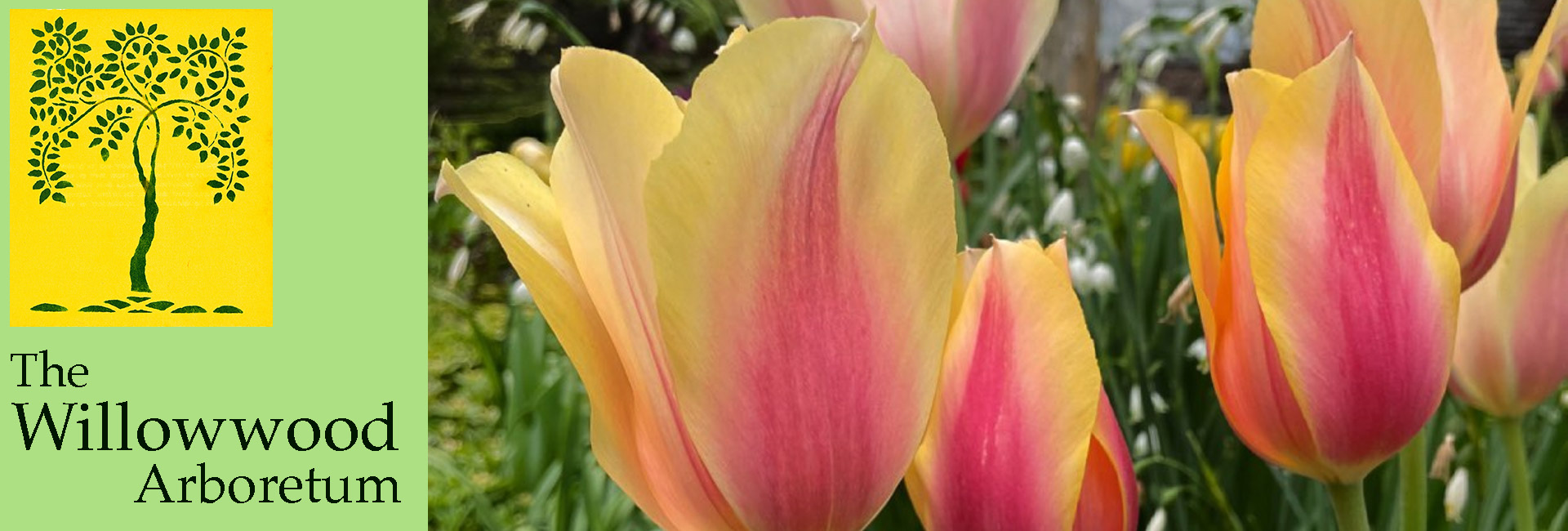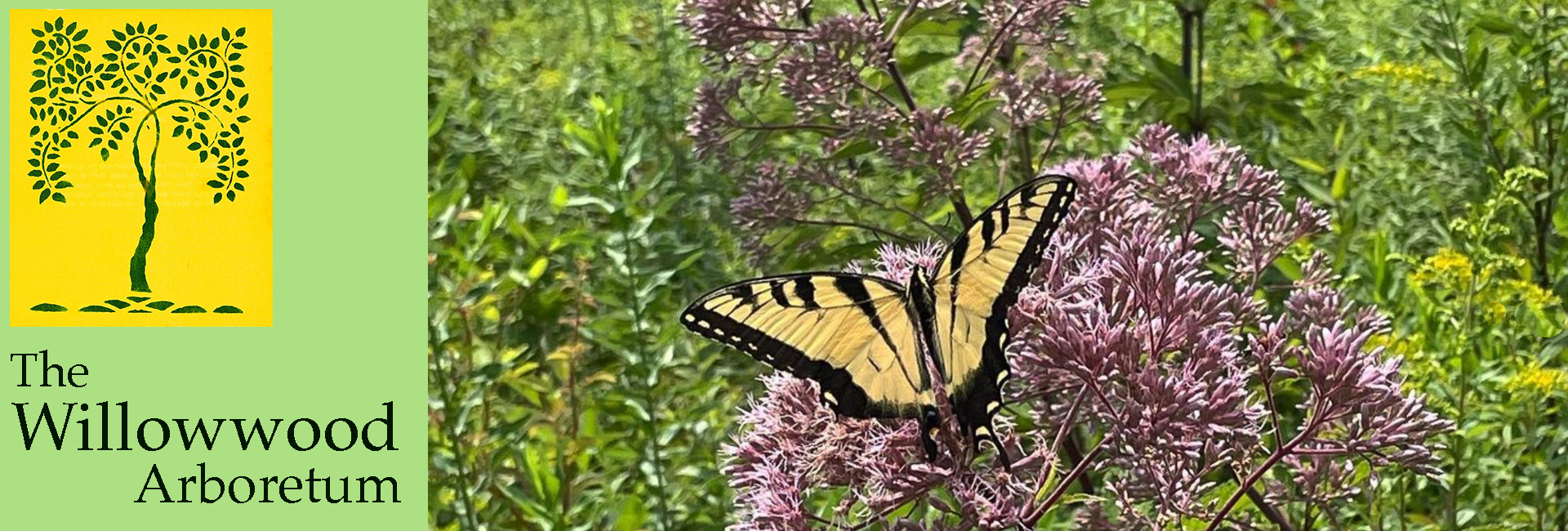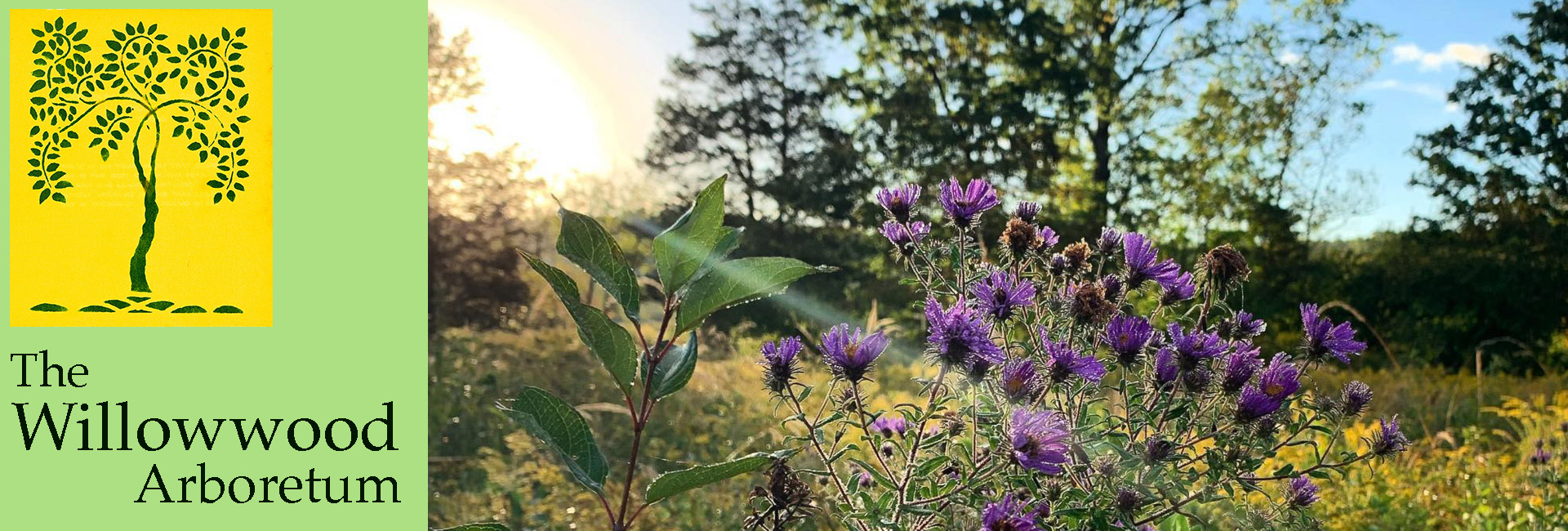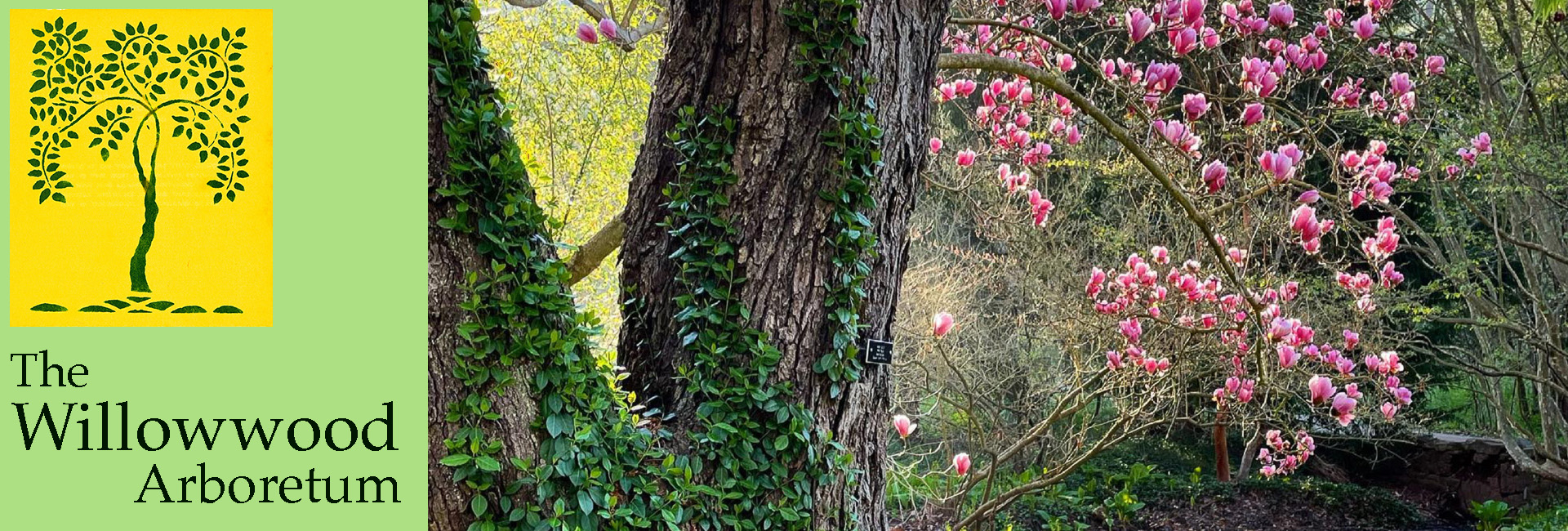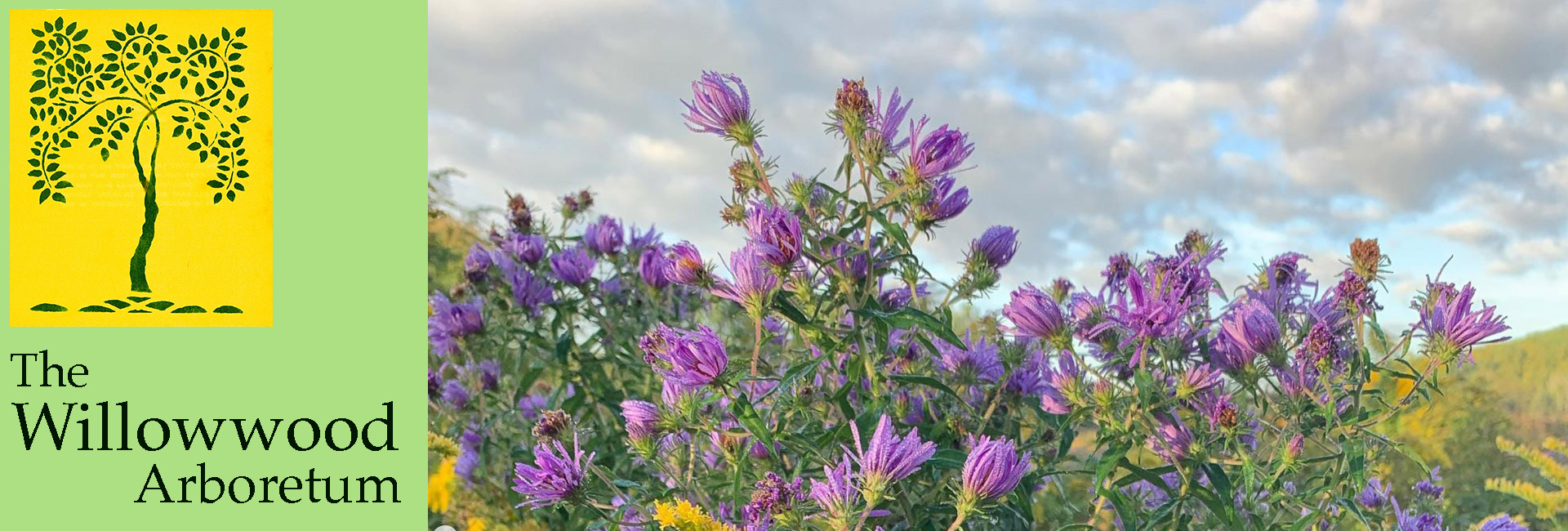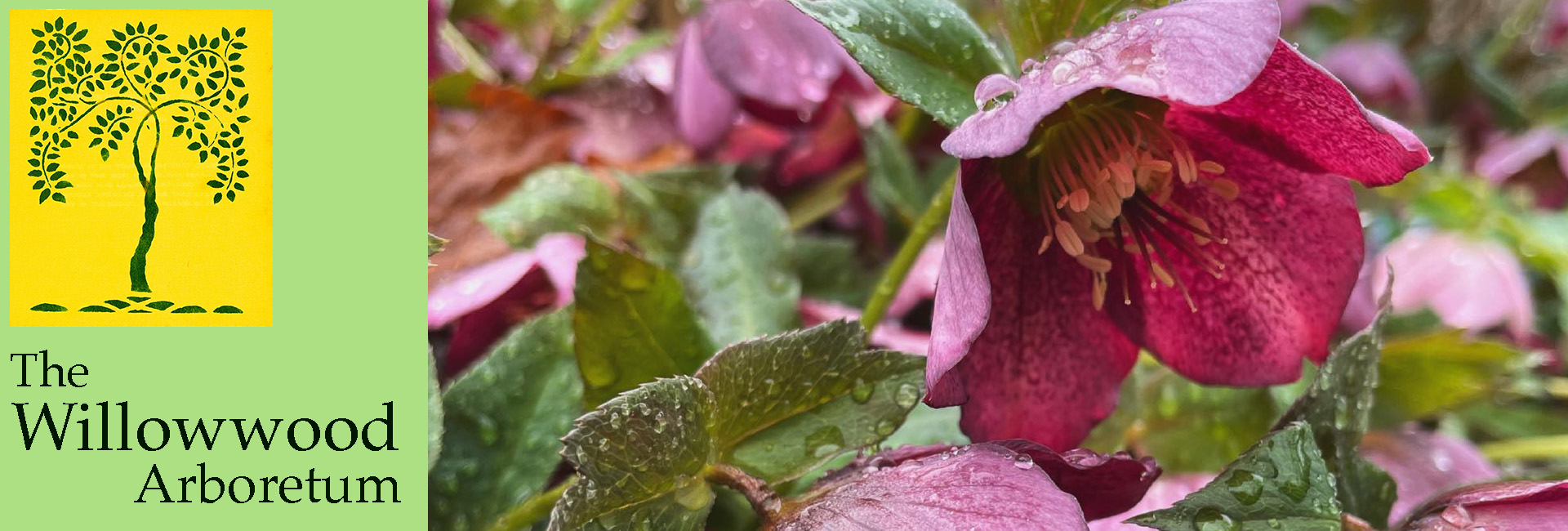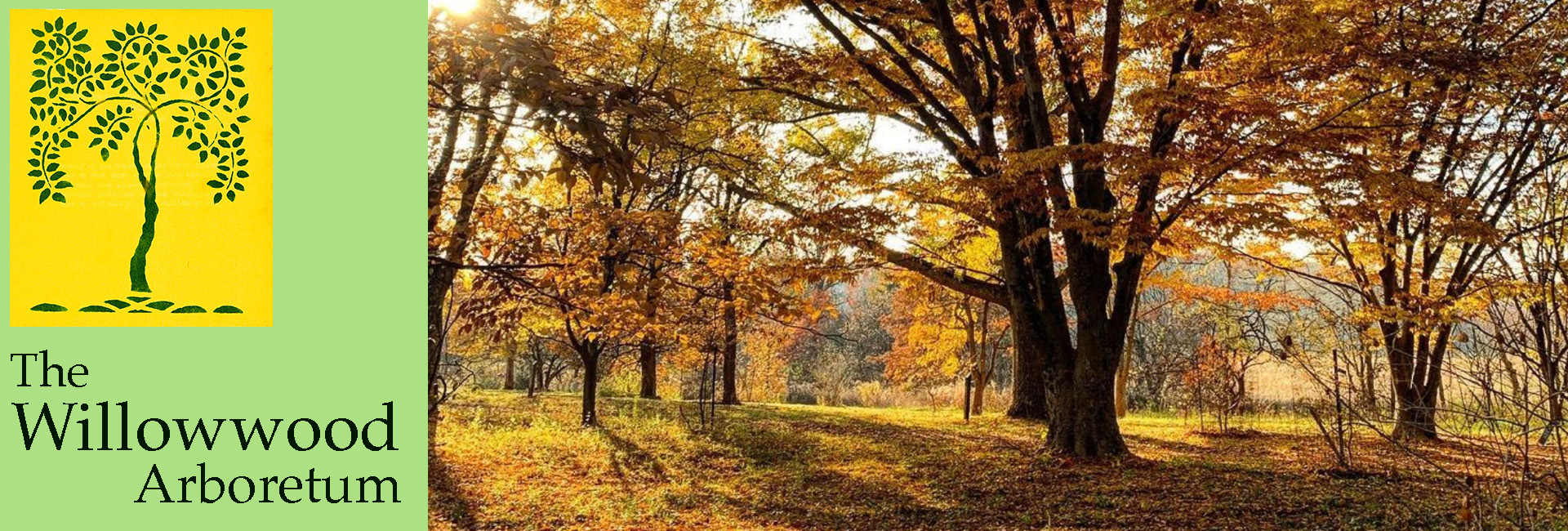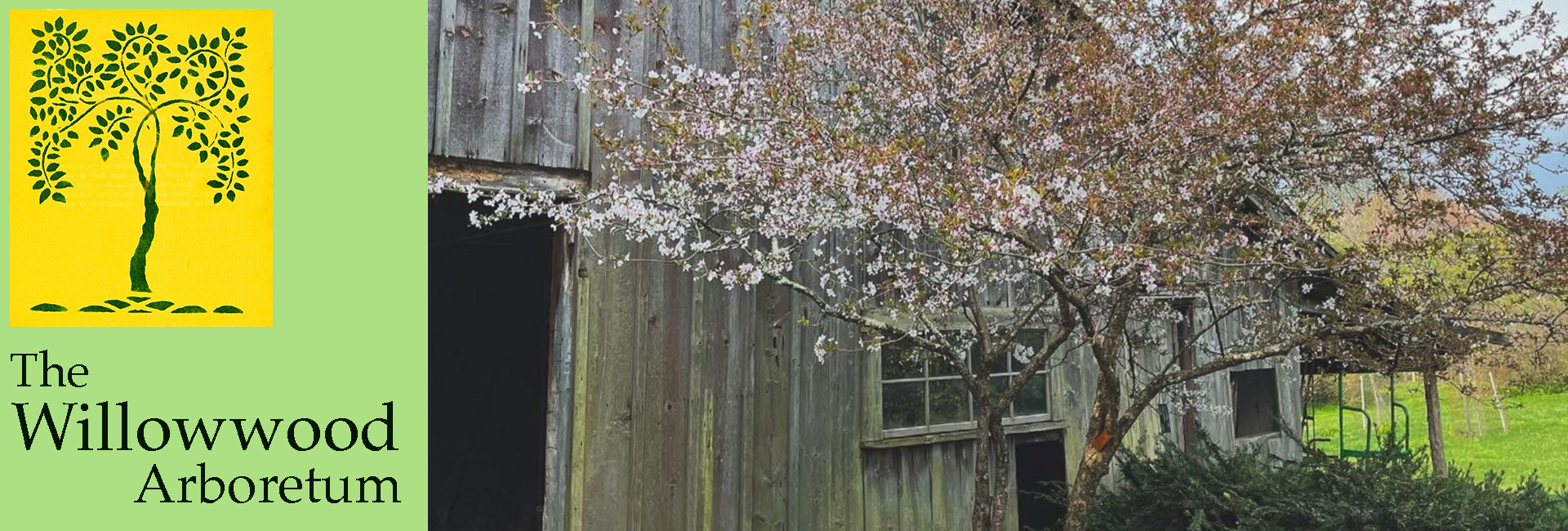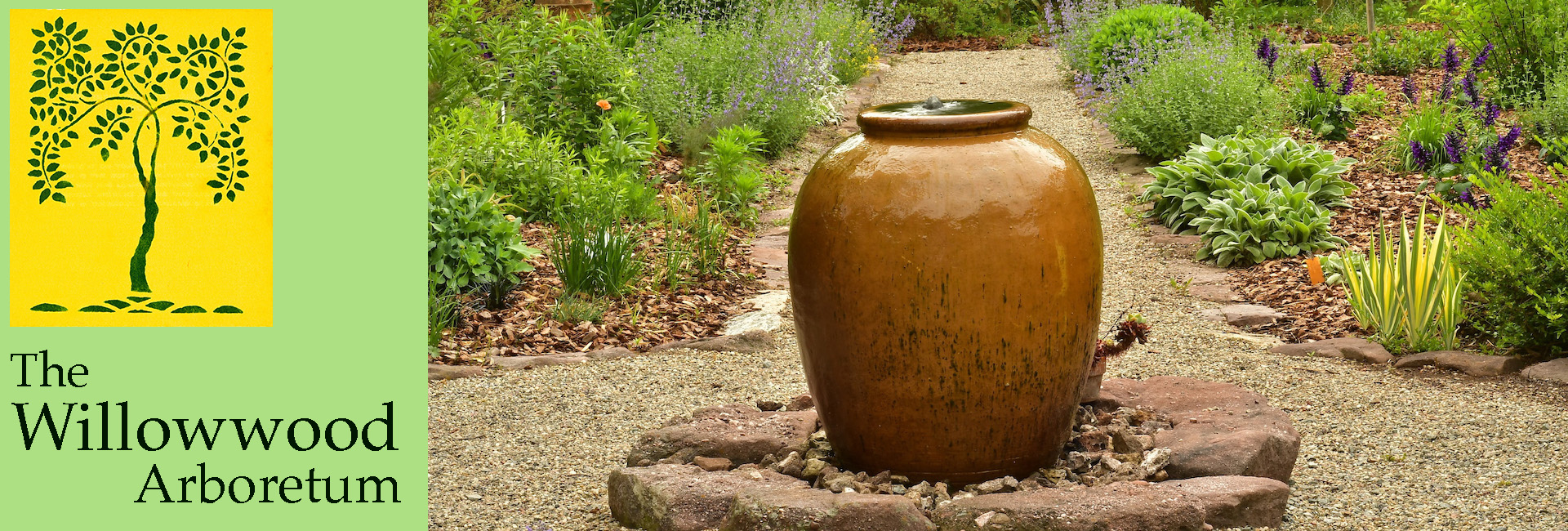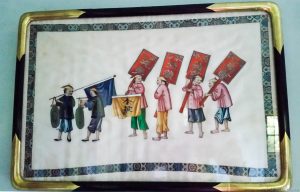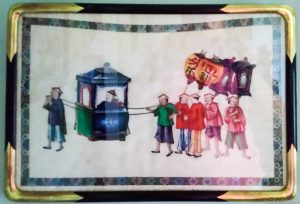Highlights from the Decorative Arts Collection
By Dr. Lesley Parness, Retired MCPC Superintendent for Horticulture Education
The Front Parlor of the Tubbs residence is home to a comfortable sofa and several chairs along with a variety of Asian artwork. We know that of the brothers Tubbs, Henry was the one most often found in antique shops here in New Jersey, and New York. His artist’s eye was quick to find the beautiful and the unusual.
Here are two examples of his passion for collecting on exhibit in the Front Parlor:
From the Willowwood Archives: WW2004.12.1 A & B – Japanese Prints
- From Appraisal: Pair Oriental processional watercolors on silk with needlework borders
- From CCAHA:
- 1-A Unknown, people marching with banners and gongs, watercolor and gouache, pith paper, thin wove paper, 9-1/2″ x 13-3/8″
- 1-B Unknown, people carrying a palanquin, Chinese, watercolor and gouache, pith paper, thin wove paper, 8/5/8″ x13-1/4″
What is particularly interesting about these pieces is the material that they are painted on – pith paper. Pith paper is made from the stem of the Tetrapanax papyrifer tree. Also known as the Fatsia or Rice Paper plant, this evergreen shrub is native to Southwest China and grows in Taiwan and throughout East Asia where it is called “tung-tsao,” meaning “hollow-plant.” A member of the Araliaceae family, it is used in traditional Chinese medicine as a diuretic and was not adopted for use in painting until the early 1800’s.
At that time, craftsmen created images on pith paper for the tourist trade. Accounts from diaries of visitors to Canton suggest that there was a flourishing trade in pith paintings. Westerners in China snatched up such artwork, depicting local customs, costumes, birds, bees, and flowers. Tourists called them rice-paper paintings from the mistaken notion that this distinctive paper was made from rice. The pith paintings were inexpensive, light, and easy to pack.
Tetrapanax papyrifer can grow to as high as 30’, and its wood is hard and dense. A craftsman with skill and a big knife can slice its pith, the spongey cellular tissue in the stem, into a sheet of smooth, bone-white paper. The paper has great strength in its youth, and when damp may be stretched and folded into almost any shape. For centuries, the Chinese have used pith paper to make artificial flowers and decorative hairpins. It also absorbs watercolors or tempera readily, creating a relief texture with a velvety visual depth. Because of its honeycomb cellular structure, the gouache used by the Chinese sat on its the surface and produced a bright, sparkling, jewel-like effect. As chinoiserie, (the romanticized European imitation of Chinese art eventually copied by the Chinese themselves for export) works on pith paper served to whet the western appetite for emblematic motifs of Chinese art.
There are collections of paintings on pith in such prestigious museums as the Ashmolean, the British Museum, the Fitzwilliam, the Hermitage, the Peabody/Essex Museum in Massachusetts and the Hong Kong Museum of Art. However, because paintings on pith are not in general regarded as fine art, they are usually found in ethnographic or specialised collections, such as Economic Botany. So, we are very fortunate to have two beautiful examples of this unusual artwork right here in Morris County.
